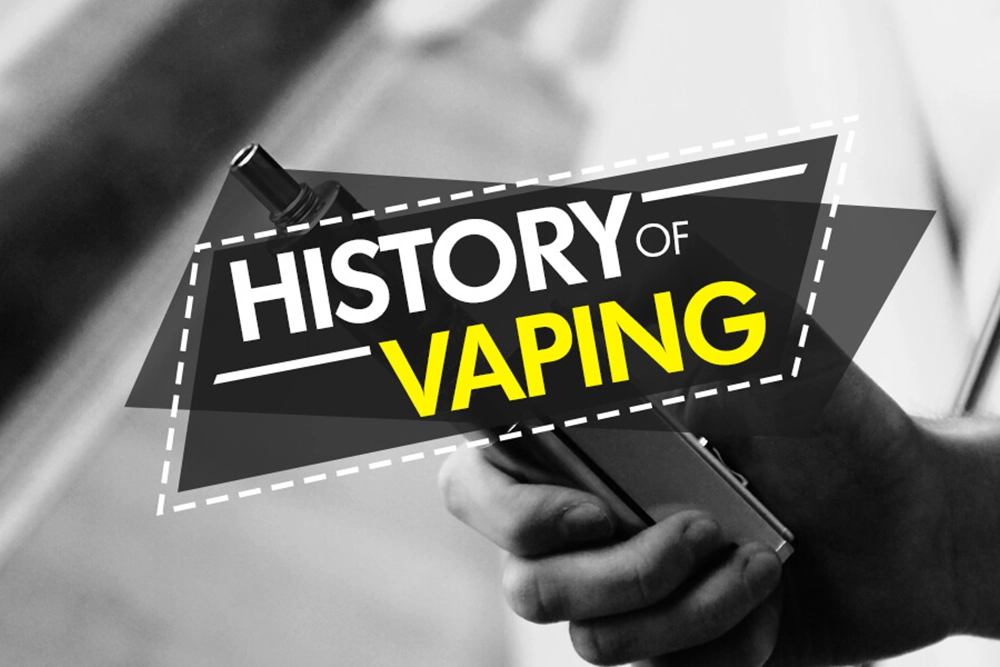The history of vaping is a captivating tale of innovation, driven by the desire for a safer alternative to traditional smoking. Let’s embark on a journey through time to explore the milestones and key events that have shaped the evolution of vaping technology.
1. The Early Years (1960s-2000s): The concept of vaping can be traced back to the 1960s when inventor Herbert A. Gilbert patented the idea of a smokeless non-tobacco cigarette. However, it wasn’t until the early 2000s that the modern e-cigarette, as we know it today, began to take shape.
2. Hon Lik’s Invention (2003): The breakthrough moment in vaping history came in 2003 when Chinese pharmacist Hon Lik developed the first commercially successful electronic cigarette. Lik’s motivation stemmed from his own desire to quit smoking after losing his father to lung cancer.
3. Introduction of E-Cigarettes to the Market (2006): Following Hon Lik’s invention, the first-generation e-cigarettes, often referred to as cigalikes, were introduced to the market. These devices closely resembled traditional cigarettes and were powered by a battery-operated heating element that vaporized a nicotine solution.
4. Innovation and Expansion (2009-2010s): The vaping industry experienced rapid growth and innovation in the late 2000s and early 2010s. Tank systems, which allowed users to refill their e-liquid, became popular, offering more customization options than cigalikes. This period also saw the emergence of mods, or modified vaping devices, which provided users with greater control over their vaping experience.
5. Sub-Ohm Vaping (2014): Sub-ohm vaping, characterized by coils with a resistance of less than one ohm, gained popularity in 2014. This innovation allowed users to produce larger clouds of vapor and intensified flavor, leading to the rise of cloud-chasing as a vaping subculture.
6. Pod Systems and Nicotine Salts (2010s): In recent years, pod systems have revolutionized the vaping market with their compact size and user-friendly design. Paired with nicotine salt e-liquids, which deliver nicotine more efficiently, pod systems have become a popular choice for smokers looking to transition to vaping.
7. Regulatory Challenges and Public Health Concerns: Despite its potential as a harm reduction tool, vaping has faced regulatory challenges and public health scrutiny. Concerns about underage vaping, flavor marketing, and the long-term effects of vaping on health have led to increased regulation and public debate.
8. The Future of Vaping: As technology continues to evolve, the future of vaping holds exciting possibilities. From advancements in battery technology and temperature control to innovations in flavor delivery and customization, the journey of vaping innovation is far from over.
In conclusion, the history of vaping is a testament to human ingenuity and the quest for safer alternatives to smoking. While challenges remain, vaping continues to offer hope for millions of smokers worldwide seeking a smoke-free future.





